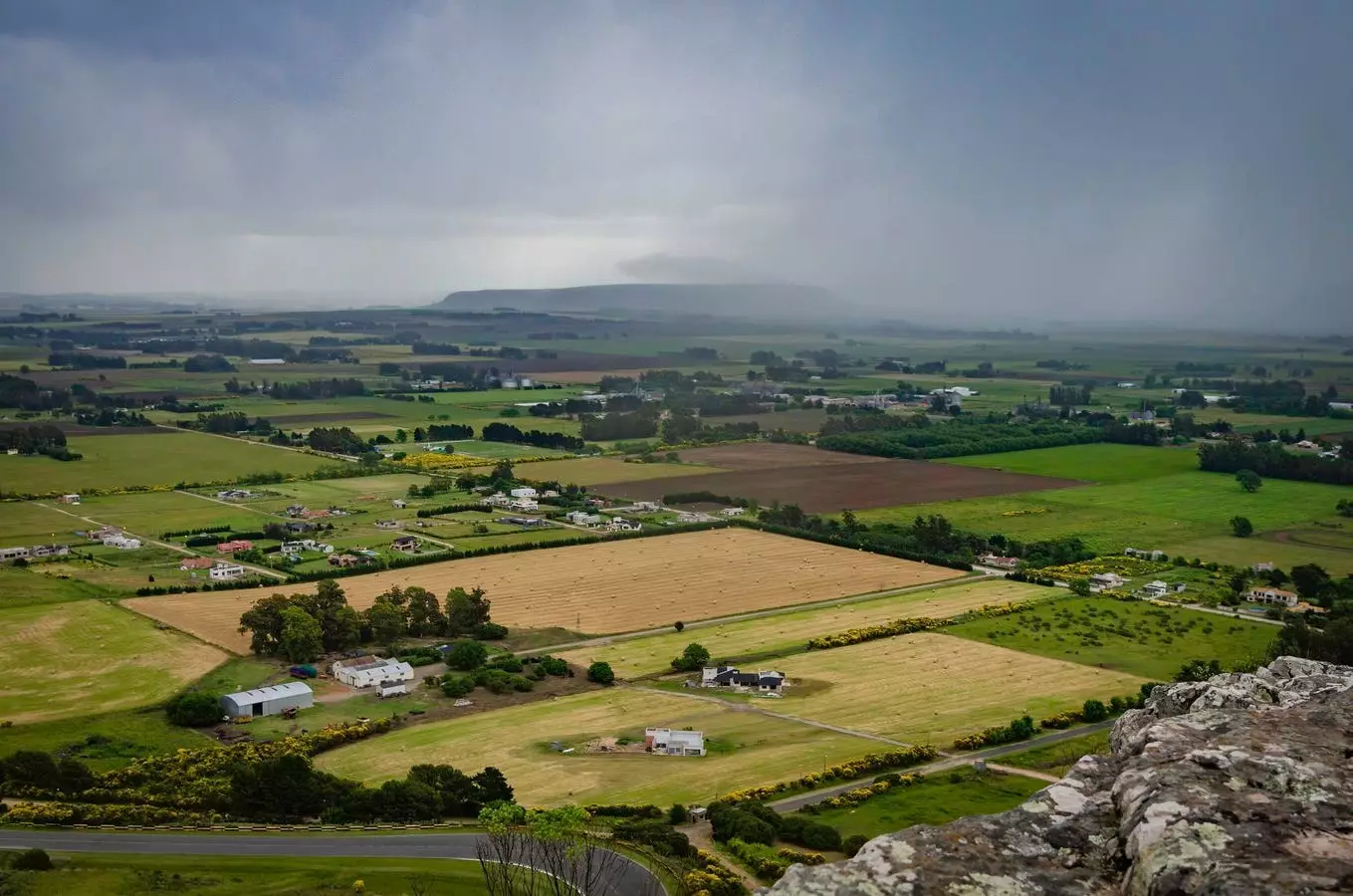In the contemporary world, it’s easy to feel insulated from the whims of nature. Many of us live in climate-controlled environments that shield us from the harshness of extreme weather, allowing our plans to remain largely unaffected. However, this modern comfort doesn’t apply to everyone. Certain industries are at the mercy of weather variations, where even a slight shift can have catastrophic consequences. Agriculture, perhaps more than any other sector, is in constant relationship with the elements, as the outcome of crops is intricately tied to weather conditions.
Given the extensive time and resources invested in farming, the ability to forecast longer-term weather patterns could revolutionize agricultural practices. Imagine a scenario where farmers could predict with certainty that a summer will be particularly hot and dry. What if a vineyard knew months in advance that it should prepare for an early harvest? Such foresight would not only enhance operational planning but could also potentially lead to significant economic gains.
The Role of Controlled Atmosphere Agriculture
Enter Controlled Atmosphere Agriculture (CEA), a system designed to grow high-value fruits and vegetables in climate-regulated environments. CEA represents a shift towards greater predictability in production, freeing agriculture from the unpredictabilities of weather. Yet, for the majority of farming operations that rely on traditional methods, weather remains a formidable wildcard. Planting dates, crop varieties, and pest control measures are often dictated by unpredictable seasonal shifts that can devastate what’s sown in the soil.
Farmers have long wished for an oracle—a way to foresee weather conditions that could impact their produce. Traditional sources like the Farmer’s Almanac have done this for years, but much of this forecasting has relied on anecdotal and historical data rather than rigorous statistical analysis.
The Rise of Advanced Forecasting Technologies
Emerging from the need for precision in farming, FarmCast®, developed by weatherTrends360, stands out as a game-changer. Founded by Bill Kirk in 2002, this innovative service captures and analyzes weather patterns by examining 23 macro-cycles, including the notorious El Niño and Pacific Decadal Oscillation. It distinguishes itself from conventional weather services, which typically provide forecasts only up to a fortnight in advance. By leveraging a staggering 150 years of weather data and advanced statistical models, FarmCast® can make predictions for up to a year—transforming the agricultural landscape.
Farmers and businesses armed with these insights can make informed decisions about crop selection, planting schedules, and resource allocation. The ability to predict phenomena such as droughts, frost risks, or unexpected cold spells allows them to adjust their strategies proactively. This level of foresight not only enhances the efficiency of farming operations but also serves as a vital tool in navigating the increasingly tumultuous climate landscape.
Empowering Farmers with Data-Driven Insights
One profound application of FarmCast® lies in its capacity to inform crop management practices. For instance, when an impending dry season is predicted, farmers can pivot to planting drought-resistant crops, therefore safeguarding their yield potentials against climatic adversities. Likewise, advanced weather predictions empower farmers to optimize their crop rotation strategies and even consider relay cropping, challenging the traditional boundaries of agricultural productivity.
Further facilitating informed decision-making, FarmCast® provides a competitive analysis by considering weather trends in other agricultural regions, including South America. Should a season be expected to lead to high yields in competitor areas, farmers equipped with such insights can recalibrate their market strategies to maintain profitability, taking into account potential price fluctuations in response to global supply and demand dynamics.
Integrating Technology for Enhanced Decision-Making
Modern farming is evolving into an increasingly data-rich domain. Large-scale agricultural operations, often family-owned but high-tech in nature, are reaping the rewards of integrating advanced weather analytics into their business models. This not only enables them to boost productivity but also fortifies their financial health in a competitive market.
To streamline this process, partnerships with tech companies like AiQ Pro have emerged. By combining FarmCast’s weather analytics with an artificial intelligence assistant named Andy, farmers gain unprecedented access to a unified data source that simplifies complex decision-making. Such advancements in A.I. technology not only allow seasoned farmers to refine their approaches but also equip novice farmers with the information and training they need to thrive in a challenging environment.
The synergy of weather forecasting, data analytics, and artificial intelligence signifies a new frontier for agriculture. As we stand at the precipice of this transformation, one thing is clear: the future of farming is brighter and more informed than ever before.

